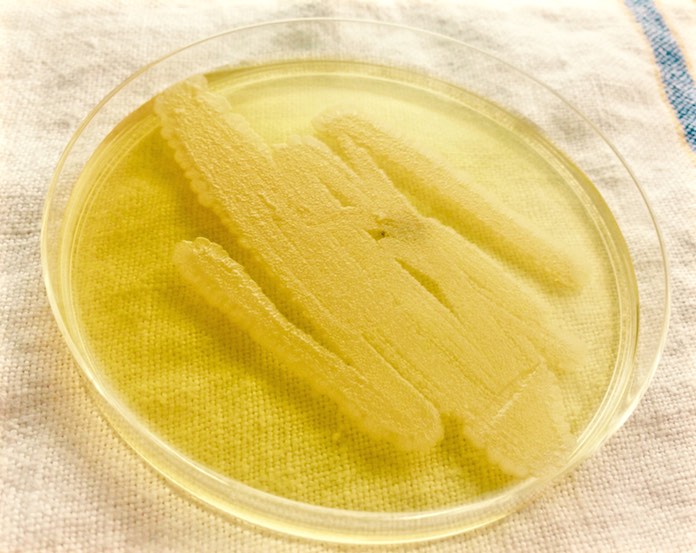Did you know that spices can contain pathogenic bacteria and filth? The FDA has published the 2017 Risk Profile of Pathogens and Filth in Spices to “describe the nature and extend of the pubic health risk posed by consumption of spices in the U.S.” The report identifies the most commonly occurring microbial hazards in spices, and evaluates the current mitigation and control options.

There have been recalls of these types of products for possible bacterial contamination in the past few years. In October 2017, for example, Spicely Organics recalled tarragon for possible Salmonella contamination. And in 2014, some Costco pepper was recalled, also for Salmonella.
The draft risk profile did identify Salmonella as the pathogen most commonly associated with human illness that was attributed to the consumption of contaminated spices. Salmonella bacteria is a systemic challenge in the spice supply system.
Samples for FDA’s retail sampling survey were collected at several retail establishments throughout the country during November 2013 – September 2014 and October 2014 – March 2015. The study surveyed 11 spice types: basil leaf (whole, ground, crushed or flakes), black pepper (whole, ground or cracked), coriander seed (ground), cumin seed (whole or ground), curry powder (ground mixture of spices), dehydrated garlic (powder, granules or flakes), oregano leaf (whole, ground, crushed or flakes), paprika (ground; note this spice is only sold ground), red pepper (hot red pepper, e.g., chili, cayenne; ground, cracked, crushed or flakes), sesame seed (whole, not roasted or toasted, not black) and white pepper (ground or cracked) and included 7,250 retail lamps of dried spices that were for sale.
Most Salmonella in spices offered for sale was found in ground red pepper, then in ground coriander, dehydrated garlic, ground paprika, and black pepper. In shipments of imported spices, the spices with the most samples that were positive for Salmonella were ground red pepper, followed by ground coriander, black pepper, whole sesame seeds, and cumin.
The FDA’s guidance recommends, in their “Clean, Safe, Spices Guidance Document that most bulk shipments of spice undergo a pathogen reduction treatment after they come into the country and before they are put on the market. But the results may indicate that pathogen reduction treatments for some shipments were not effective or not applied, or that post-treatment contamination had occurred.




